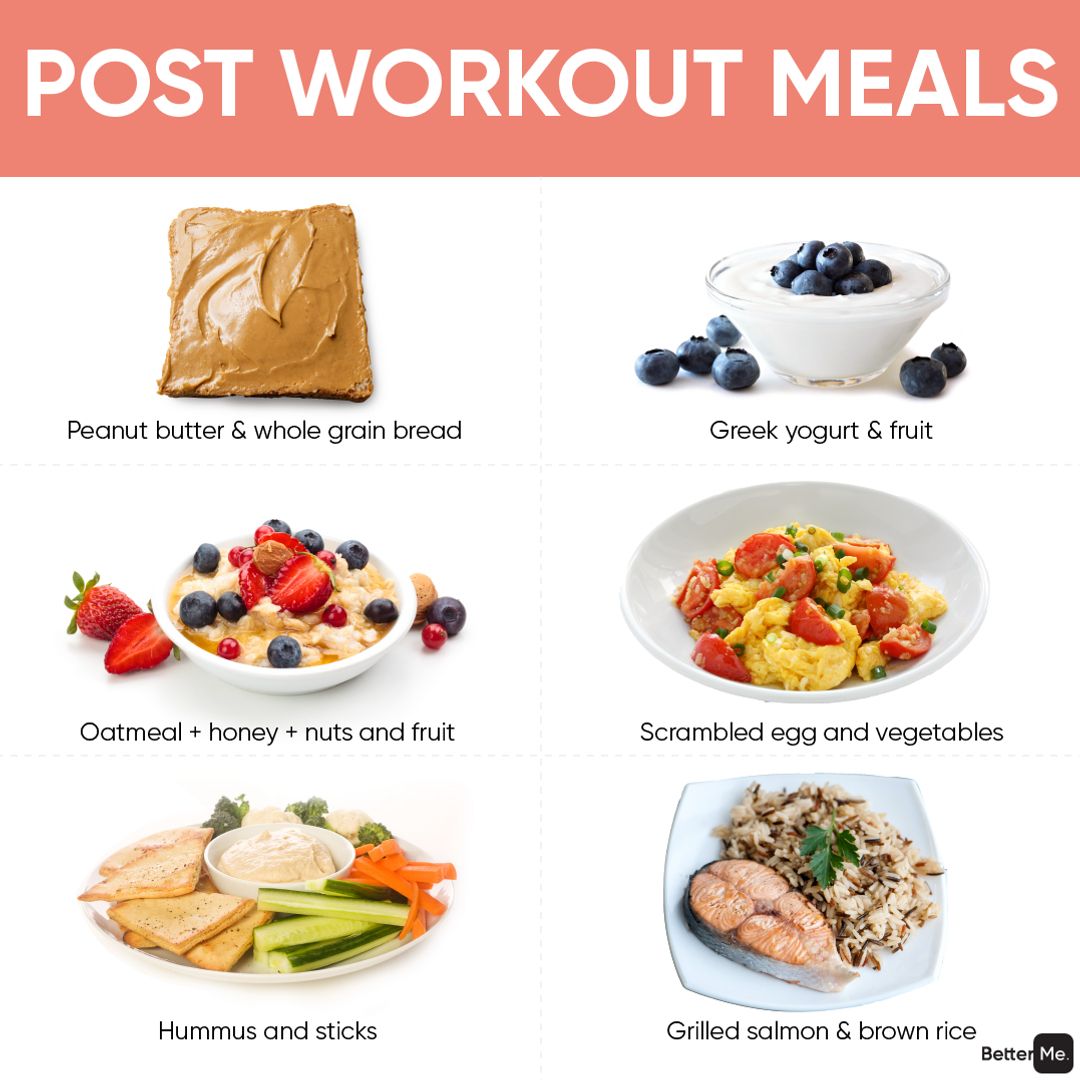
You will burn more calories when exercising than usual. EPOC is the term for this post-exercise effect. It can last between two and ten hours. While the amount of calories burnt depends on the type of exercise, an intense workout can produce the same effect as a moderately intense one. Hard, two-hour runs can burn between forty and sixty calories. However, a moderately slow jog may not deplete your muscles.
HIIT increases calories burned for up 24 hours
HIIT's effects on fat-burning are well-known. The HIIT workouts increase metabolism and can torch calories for up 24-hours after a workout. Researchers at Colorado State University studied the effect of HIIT on calorie burn, using a metabolic chamber to measure oxygen and carbon dioxide intake. They found that HIIT increased post workout calorie burn by as high as 24 percent
HIIT workouts include sprinting (brisk walking), running, cycling, and jumping. You can also do plyometrics to increase your heart beat. However, HIIT can be effective even if you don’t have any equipment. Push your heart to its maximum speed rather than to its limit. The results you get from pushing your heart to the limit will last a lifetime.

Weightlifting can boost calorie burn by up to 3 hours
Many people choose weightlifting to be their everyday workout. This form of exercise can increase your metabolism, which will help you burn more calories before and after you workout. You need to lift heavier weights, and you should push yourself to gain muscle mass. This will make weightlifting more productive. The release of cortisol hormone and human growthhormone from lifting heavy weights can make your body more efficient at weightlifting. These hormones will help you burn calories even after you exercise, and can even help you lose weight when you're not working out.
A 30 minute workout that includes weights can result in an increase of up to 180 calories per female with average build. These numbers are calculated using the Harvard medical college's list of recommended exercise. Your body weight, your intensity of training, and the movements you use will all affect the actual calories burned. Bicep curls burn less calories than compound movements like deadlifts and bench presses.
Exercise causes excess post-exercise oxygen consumption (EPOC)
Excessive post-exercise oxy consumption is the way your body uses extra energy after intense exercise. This process can last from three to 72 hour and the amount you use depends on how intense your exercise is. Afterburn is also known as excess post-exercise oxygen intake. It refers to the burning of fuel after a workout in order to restore your body to its natural state.
After a workout, you will feel the afterburn effect. It is the body's way of recharging its energy stores. The afterburn effect can last from 15 minutes to 24 hours. The result of higher caloric intake is increased post-exercise Oxygen consumption. The intensity and duration of exercise are major factors in excess post-exercise oxygen intake.

Resistance training increases calorie burn during and after a workout
A study conducted in 2013 looked at the changes in molecular structures in fat cells after resistance-training workouts. While researchers have long been concerned with the health of muscles cells, recent research has focused on fat. Researchers speculate that the two types are conversing after a workout. It is not clear which exercise will burn more calories.
The intensity of resistance training is directly related to how many calories are burned. In general, a higher-intensity resistance training workout will increase calorie burn during and after a workout. Resistance training is challenging to the muscles, and the anaerobic process. Two sets of supersets may be enough to burn around eight to nine calories each minute for a man doing weight-lifting exercises. A male who performs two sets of supersets of five rep exercises simultaneously, alternately between 60-180 seconds cardio, can burn more than six calories per hour. Circuit training, in which cardio is combined with resistance training, is another option. Similar results are seen: resistance training increases caloric consumption before, during and after a workout.
FAQ
How can busy people lose fat?
Losing weight is as easy as eating less and working out more.
If you eat too much food, you'll gain weight. Exercise is important to lose weight. If you combine these two simple behaviors, you can lose weight.
Can intermittent fasting interfere with my sleep?
Intermittent fasting is a good thing for your sleep. Your hunger hormones rise when you skip meals. You might find yourself awakened at night due to your hunger hormones.
Experts advise skipping breakfast. They recommend eating a light snack before bed.
You can still eat a small meal if you feel hungry after the snack.
Don't overeat. If you do this, you might gain weight instead of losing it.
What Amount of Weight Can You Lose In A Week?
The amount of weight you can lose depends on your current body fat percentage. First, calculate how much weight your goal weight is and then determine what your BMI (Body Mass Index). Your BMI is a measure of how much weight you need to lose. If your BMI is 25 or greater, you're overweight. If your BMI exceeds 30, you may be obese.
For example, let's say you have a BMI of 28.7 and are 200 pounds. To reach a healthy weight, you would need to lose 70 pounds. To see if you're overweight, visit www.healthyminds.com/bmi/.
This formula can be used to calculate how many pounds you will lose each week once you have determined your BMI.
(Your Goal Weight - Current Weight)/BMI * 7 Number Of Pounds Lost Per Week
For 50 pounds to be lost in one month, it would take 2 weeks of exercise. 56 days is equivalent to 7 pounds per day. That works out to 8.3 pounds lost per week.
You could also try this calculator from www.weightlosscalculator.net. It will provide an approximate amount of calories that you would need daily to lose one pound per month.
How long does it take to lose weight?
It takes time to lose weight. It usually takes six to eight months to lose 10%.
Remember that you should not expect to lose weight in a matter of hours. Your body needs to adjust to new dietary habits.
This means that you should gradually change your diet over several days or weeks.
Also, you should stop taking fad diets because most of them don't work. Instead, you should focus on changing your daily routine.
If you eat unhealthy snacks at night, you might want to cut back.
It is better to eat healthier meals early in the evening. This will help you avoid snacking at night.
You should also drink plenty of water during the day. Water keeps you hydrated and prevents your body from becoming dehydrated. Dehydration makes you feel tired and sluggish.
Drinking lots of water throughout the day can help you stay energized, focused, and alert.
You can reduce stress by relaxing. Spending time with loved one could help you reduce stress.
You could also read books, watch movies or listen to music.
These activities will help relieve stress. They will also improve your mood, self-esteem, and overall well-being.
So, when you're trying to lose weight, you should always think about your health first.
Your overall health is directly related to your physical fitness. Regular exercise and proper nutrition are key to getting fit.
Statistics
- According to Harvard Health, it's estimated that a 155-pound (70-kg) person burns around 167 calories per 30 minutes of walking at a moderate pace of 4 mph (6.4 km/h) (5). (healthline.com)
- One 6-month study showed that simply doing 11 minutes of strength-based exercises 3 times per week resulted in a 7.4% increase in metabolic rate, on average. (healthline.com)
- A 12-week study in 20 women with obesity found that walking for 50–70 minutes 3 times per week reduced body fat and waist circumference by an average of 1.5% and 1.1 inches (2.8 cm), respectively (healthline.com)
- According to a study sponsored by the American Council on Exercise, a person weighing around 140 pounds (64 kg) would burn 108 calories at a 30-minute beginner's Pilates class or 168 calories at an advanced class of the same duration (26). (healthline.com)
External Links
How To
How to do Intermittent Fasting (IF)
Intermittent eating is a way to lose weight that you only have one day of the week. It's usually Monday through Thursday. This allows you to reduce your calorie intake and still get adequate nutrition. This helps you lose fat more quickly than if it were your normal meals for the entire week.
The most common form IF is to reduce calories on specific days. This means that you might skip breakfast every day and then indulge in whatever food you desire throughout the day. It is possible to choose to have three smaller meals each day, rather than two large.
Many forms of intermittent fasting are available, such as alternate day fasting (5/2 fasts), 8/4 fasts and 16/8 fasts. Each type of intermittent fasting has its pros and cons. Alternate-day fasting is the easiest method to get started because it doesn't require any significant lifestyle changes. Some people may find it difficult to adhere to such a strict schedule, so they might try other methods.
If you are interested in starting an intermittent fasting regime, I recommend beginning with alternate-dayfasting. This will allow you to gradually transition into more extreme fasting routines without completely changing your lifestyle.